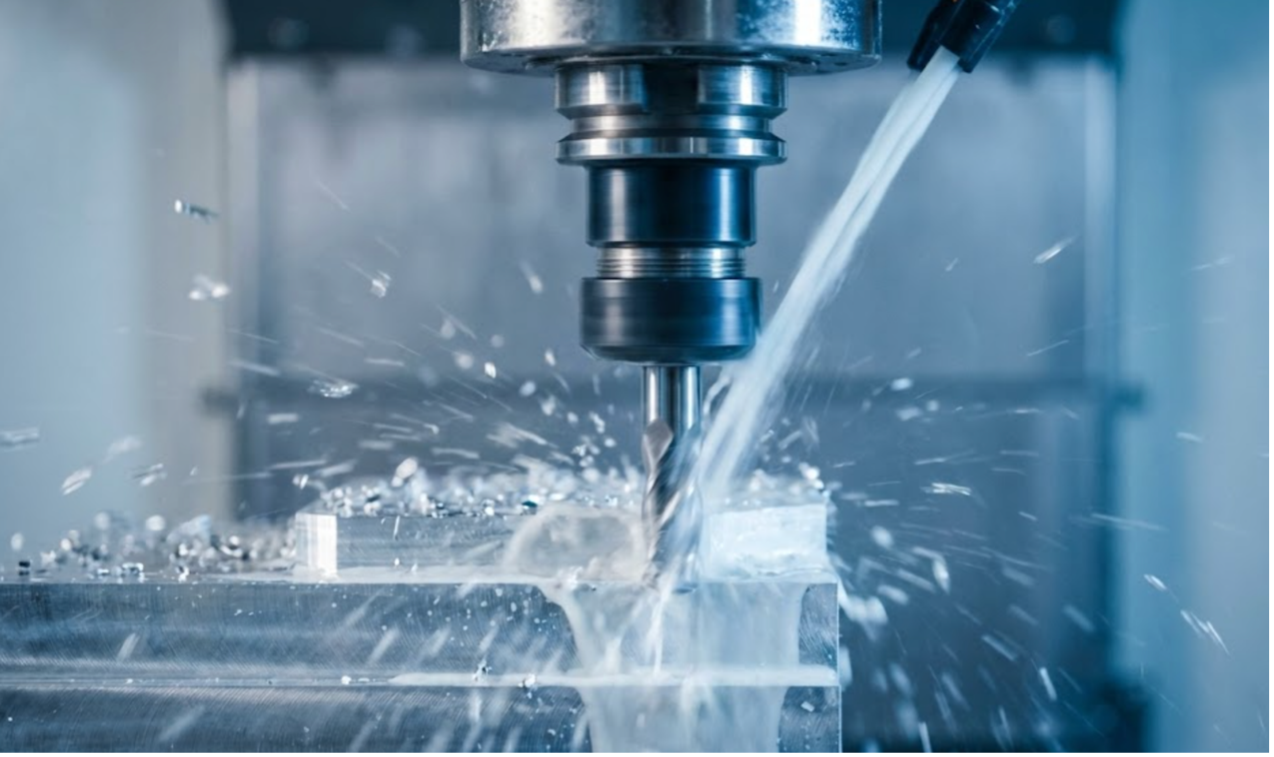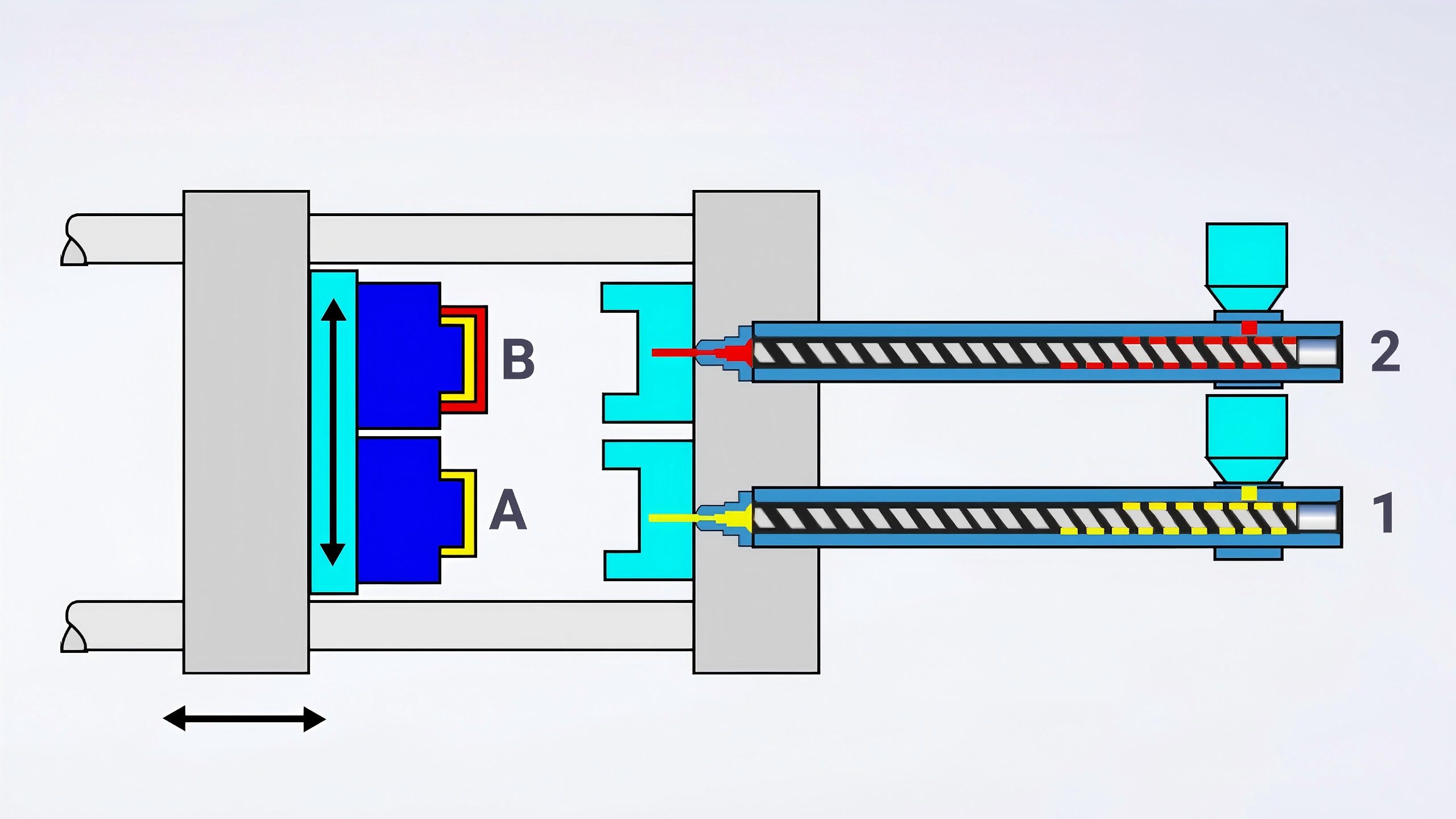Contents
Surface finishing plays a critical role in the aesthetics, functionality, and performance of injection-molded parts. For industries ranging from automotive to consumer electronics, the right finish can be the difference between a successful product and one that fails to meet quality expectations. To ensure consistency and quality in surface finishes, the injection molding industry follows several established standards, the most recognized being the SPI (Society of the Plastic Industry) surface finish standards.
In this article, we will dive deep into surface finishing standards in injection molding, focusing on the SPI standards, how they are applied, and how to choose the right finish for your application. We'll also explore how these influence the production process, the materials used, and the final product's quality.

What are Surface Finishing Standards?
Surface finishing standards are sets of guidelines or classifications that define the texture, appearance, and feel of a molded plastic part. These standards are used to ensure that manufacturers and designers have a common language when discussing surface finishes. They provide a reference for the desired quality of the final product, whether it is glossy, matte, or textured.
For injection molding, these finishes not only affect the aesthetic appeal but also the part's functionality, such as its resistance to wear, tactile properties, or its ability to reflect or absorb light. By adhering to surface finishing standards, manufacturers can ensure repeatability, predictability, and quality control.
The Importance of Surface Finish Standards
In any manufacturing process, consistency is crucial. Surface finish standards help injection molders and customers align their expectations about the appearance and performance of the molded parts. A uniform standard ensures that when a designer specifies a particular finish, the molder can reliably replicate it, regardless of the material used or production location.
Surface finish standards are particularly important in industries where the product's appearance is a critical factor. For example, in consumer goods, a high-gloss finish may be needed for premium aesthetics, while in automotive interiors, a fine texture might be required to reduce glare or improve grip.
Overview of SPI Surface Finish Standards
The SPI finish standards, established by the Society of the Plastic Industry (now known as the Plastic Industry Association), are among the most widely recognized in the injection molding industry. The SPI standards classify surface finishes into four categories: A, B, C, and D, each further divided into subcategories based on the level of polish or texture required.
1. A-Grade Finishes (High Polish)
A-grade finishes are used for parts that require a high-gloss, mirror-like surface. These finishes are achieved through meticulous polishing processes, where the mold is polished with fine diamond compounds. This type of finish is often used for products where aesthetics are paramount, such as cosmetic containers, lenses, or any product requiring a glass-like appearance.
- A-1: The highest grade of polish, producing a flawless, mirror-like surface. This finish is often used for optical parts, such as lenses, where clarity and precision are essential.
- A-2: A slightly lower level of polish but still providing a high-gloss finish. It is commonly used for consumer electronics housing or premium packaging.
- A-3: The lowest polish in the A-grade category, still providing a glossy finish but with minor imperfections that may not be noticeable to the untrained eye.
2. B-Grade Finishes (Semi-Gloss)
B-grade finishes offer a semi-gloss appearance. These finishes are created using fine-grit sandpaper or stone and are more cost-effective than A-grade finishes because they require less intensive polishing. B-grade finishes are suitable for parts where appearance is important but a high-gloss finish is not necessary.
- B-1: Achieved with fine emery cloth or stone, this finish offers a smooth surface with some reflectivity but lacks the high-gloss sheen of A-grade finishes.
- B-2: Provides a semi-gloss finish with slight texturing, achieved using medium-grit abrasives.
- B-3: The lowest level of the B-grade, offering a matte-like appearance with minimal gloss.
3. C-Grade Finishes (Matte Finishes)
C-grade finishes are used when a matte appearance is desired. These are created using coarse abrasives like sandpaper and stones, resulting in a uniform, non-reflective surface. C-grade finishes are often used for industrial or functional parts where gloss is unnecessary or could interfere with performance, such as in automotive parts or medical devices.
- C-1: The highest quality matte finish, achieved with coarse stone or fine sandpaper. It offers a smooth, matte appearance with no gloss.
- C-2: Provides a rougher matte texture, commonly used for parts where grip is important, such as tool handles.
- C-3: The roughest matte finish, offering significant texture. This finish is used for applications where surface friction is a priority.
4. D-Grade Finishes (Textured Finishes)
D-grade finishes are heavily textured surfaces achieved through methods like grit blasting or chemical etching. These finishes are primarily functional, used for parts that require texture for grip, to hide imperfections, or to enhance the part's appearance. These finishes are popular in automotive interiors, consumer electronics, and sports equipment.
- D-1: A fine-textured finish created using a fine abrasive blast. This finish gives a subtle texture that is often used for ergonomic parts where grip and comfort are essential.
- D-2: A medium-textured finish, offering a more pronounced texture suitable for parts that need to mask wear and tear or fingerprints.
- D-3: A heavy-textured finish created through coarse blasting or etching. It is used for parts requiring high levels of grip or where aesthetics are less critical.
How to Choose the Right Surface Finish
When selecting a surface finish for an injection-molded part, several factors come into play:
- Functionality: Does the part need to be smooth or textured? For example, high-gloss finishes might be required for aesthetic purposes, while textured finishes may be needed for parts requiring grip or friction.
- Material: Different plastic resins respond differently to surface finishes. Some materials, like ABS, are easier to polish to a high gloss, while others, like polypropylene, may not take as well to polish and are better suited for textured finishes.
- Cost: A-grade finishes require more time and labor due to the high level of polishing involved, making them more expensive. Textured finishes, while often faster to produce, may still involve additional costs for etching or blasting.
- Tooling Considerations: The choice of surface finish can also impact the tool or mold design. A high-gloss finish might require a highly polished mold, which can increase mold fabrication time and cost.
- End-use Application: Industries such as automotive or medical devices have stringent requirements regarding part aesthetics and functionality. For example, automotive interiors may use textured finishes to reduce glare and improve aesthetics, while medical devices might require a smooth surface for hygiene and cleaning purposes.
Impacts of Surface Finish on Molded Parts
The surface finish of a mold significantly affects the final product. For example, a glossy finish can highlight imperfections such as sink marks or weld lines, which can reduce the perceived quality of the part. Conversely, a textured finish can hide such defects, making it a preferred choice for parts where appearance is critical but budget constraints limit the ability to achieve a flawless surface.
The right surface finish can also enhance the product's functionality. For instance, a textured grip on a handle can improve usability, while a smooth, polished surface may be easier to clean in medical applications.
Conclusion
Surface finishing standards in injection molding are vital for achieving consistent, high-quality parts that meet both functional and aesthetic requirements. The SPI standards provide a clear, easy-to-understand framework for classifying finishes, from high-gloss mirror surfaces to heavily textured, functional parts.
-q4gvl4k29y4hq8j9rjpapvj0ft06fje63olt7p210i.png)


